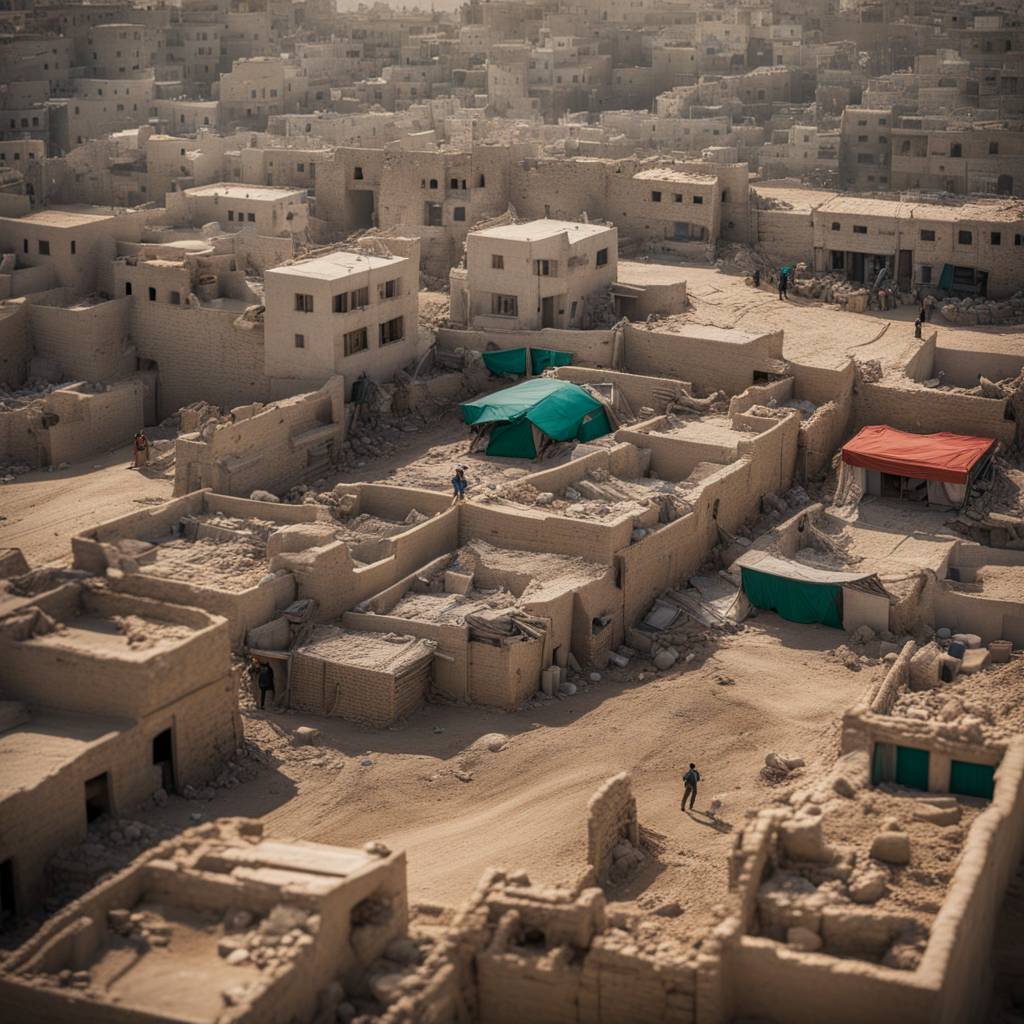Secretary of State Antony J. Blinken recently emphasized that the United States is seeking tangible results in response to news that Israel would open new routes for aid to flow into Gaza. This decision by Israel came after President Biden made it clear during a call with the Israeli prime minister that U.S. support for Israel would be contingent on its efforts to address the humanitarian crisis in Gaza. Blinken referred to Israel’s agreement to establish new aid routes as a positive development but indicated that the United States would monitor whether allowing more aid into Gaza becomes a priority. The true test, he stated, would be the actual number of trucks arriving in Gaza regularly, emphasizing that results are what matter most.
Israel has been facing mounting pressure from U.S. officials and humanitarian organizations to increase the number of crossings for aid entering Gaza in light of warnings from the United Nations about a looming famine. In response, President Biden requested additional aid routes during his conversation with Prime Minister Benjamin Netanyahu, leading the Israeli government to announce new routes through the port of Ashdod and the Erez crossing. However, details about the implementation and capacity of these new routes remain unclear. Aid officials cautiously welcomed the news, stressing the need to see how and when the new measures would be put into place and to assess potential logistical challenges.
Various international figures and organizations have weighed in on the situation, with calls for urgent action to address the hunger crisis in Gaza. The World Food Program expressed interest in working closely with Israeli authorities to expedite aid delivery amid the worsening famine. Germany’s foreign minister urged the Israeli government to swiftly implement the new aid routes without further delay. However, some, like European Council President Charles Michel, have criticized the new measures as insufficient and stressed the need for immediate efforts to prevent further loss of life, particularly among children and infants suffering from malnutrition in Gaza.
Since the beginning of the conflict, Israel has restricted aid entering Gaza to two controlled border crossings, creating challenges for aid agencies. Most international aid bound for Gaza passes through warehouses near El Arish in Egypt, with trucks undergoing security checks on the Egyptian side of the border in Rafah before entering Gaza. The inspection process by Israel, aimed at preventing Hamas from acquiring potentially harmful items, has caused delays, with aid organizations and Israel trading blame for bottlenecks and diversions of shipments. Blinken highlighted the need for resolving bottlenecks and delays at crossings to ensure efficient aid delivery into Gaza.
The most critical shortages have been observed in northern Gaza, where desperate residents have flocked to food-bearing trucks. Aid groups have faced difficulties delivering supplies due to Israeli restrictions and lawlessness in the region. As the situation continues to deteriorate and the risk of famine increases, international attention remains focused on ensuring swift and effective aid distribution to alleviate the suffering and prevent further loss of life in Gaza. Additional reporting by Matina Stevis-Gridneff, Gaya Gupta, and Johnatan Reiss has provided further insight into the complexities and challenges surrounding the aid delivery process in the region.








